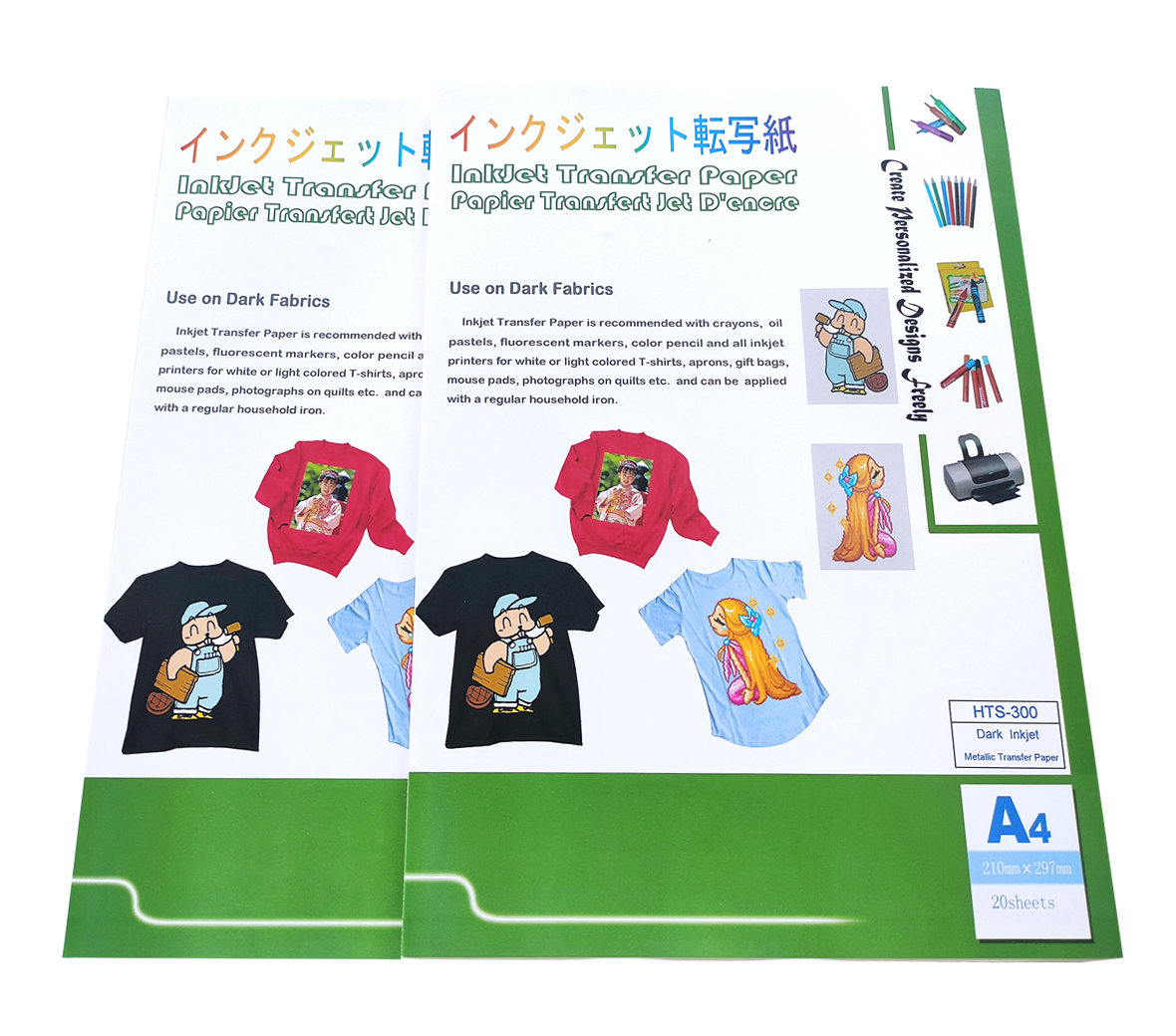image: Printable liquid metal circuits could someday be used on everything from musical instruments to fruit. view more
Remember iron-on decals? All you had to do was print something out on special paper with a home printer, then transfer it onto a T-shirt using an iron. Now, scientists have developed a very similar scheme, but instead of family photos or logos, it prints circuitry. The method, reported in ACS Applied Materials & Interfaces, can print functional circuits onto items ranging from ukuleles to teacups. Watch a video of the devices in action here. heat transfer vinyl HTV

As electronics continue to evolve, so too do the circuit boards that control them. Most boards used today are rigid, built on solid fiberglass backings. As electronic systems are integrated into floppy and pliable items, such as clothing and soft robots, electronics need to be flexible too. This has led to increased interest in liquid metal circuits, which often include a special alloy of gallium metal that is a liquid at room temperature. One way to make these devices is to print them out with a modified inkjet or 3D printer. But these methods require complicated steps and sophisticated equipment, making the resulting devices expensive and unsuitable for large-scale manufacturing. To make the fabrication process quicker, easier and cheaper, Xian Huang and colleagues wanted to develop a method of creating liquid metal circuitry using a desktop laser printer that could place the electronics onto many types of surfaces.
To create the circuits, the researchers printed out a connected design onto heat-transferrable thermal paper with an ordinary laser printer. The printer laid down a carbon-based toner, which was transferred to a pane of glass by heating it. These toner patterns roughened the surface and created a hydrophobic gap of air between the carbon and the liquid metal. This prevented the metal from sticking when brushed on top, so the electronic ink-based pattern only adhered on the exposed parts of the surface.
This circuit could then be stuck directly to a smooth surface, such as a plastic soda bottle. If the surface was too uneven, like the bumpy skin of an orange, the device was first placed on a piece of flexible plastic, then onto the rougher surface. Regardless of how they were attached, however, the simple electronics all functioned as intended on their various substrates — from displaying images, to RFID tagging, to sensing temperature and sound. The researchers say that this protocol should greatly expand the applications of liquid metal circuits.
The authors acknowledge funding from the Key Research and Development Program of Zhejiang Province and the National Natural Science Foundation of China.
The American Chemical Society (ACS) is a nonprofit organization chartered by the U.S. Congress. ACS’ mission is to advance the broader chemistry enterprise and its practitioners for the benefit of Earth and all its people. The Society is a global leader in promoting excellence in science education and providing access to chemistry-related information and research through its multiple research solutions, peer-reviewed journals, scientific conferences, eBooks and weekly news periodical Chemical & Engineering News. ACS journals are among the most cited, most trusted and most read within the scientific literature; however, ACS itself does not conduct chemical research. As a leader in scientific information solutions, its CAS division partners with global innovators to accelerate breakthroughs by curating, connecting and analyzing the world’s scientific knowledge. ACS’ main offices are in Washington, D.C., and Columbus, Ohio.
To automatically receive news releases from the American Chemical Society, contact newsroom@acs.org.
Follow us: Twitter | Facebook | LinkedIn | Instagram
ACS Applied Materials & Interfaces
“Thermal Transfer-Enabled Rapid Printing of Liquid Metal Circuits on Multiple Substrates”
Disclaimer: AAAS and EurekAlert! are not responsible for the accuracy of news releases posted to EurekAlert! by contributing institutions or for the use of any information through the EurekAlert system.
ACS Newsroom American Chemical Society newsroom@acs.org
Katie Cottingham American Chemical Society k_cottingham@acs.org Office: 202-236-5115
Copyright © 2022 by the American Association for the Advancement of Science (AAAS)

inkjet printable transfers Copyright © 2022 by the American Association for the Advancement of Science (AAAS)